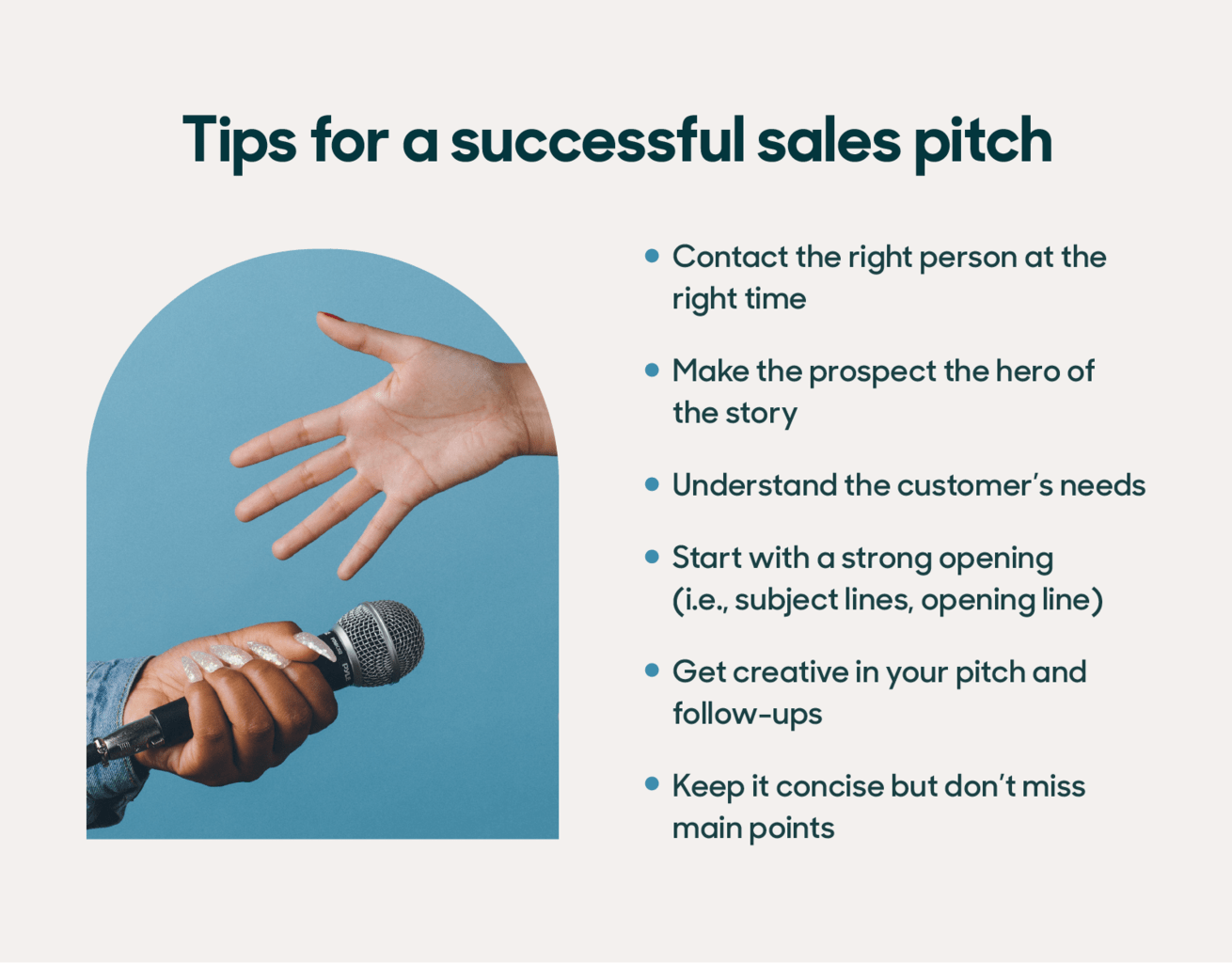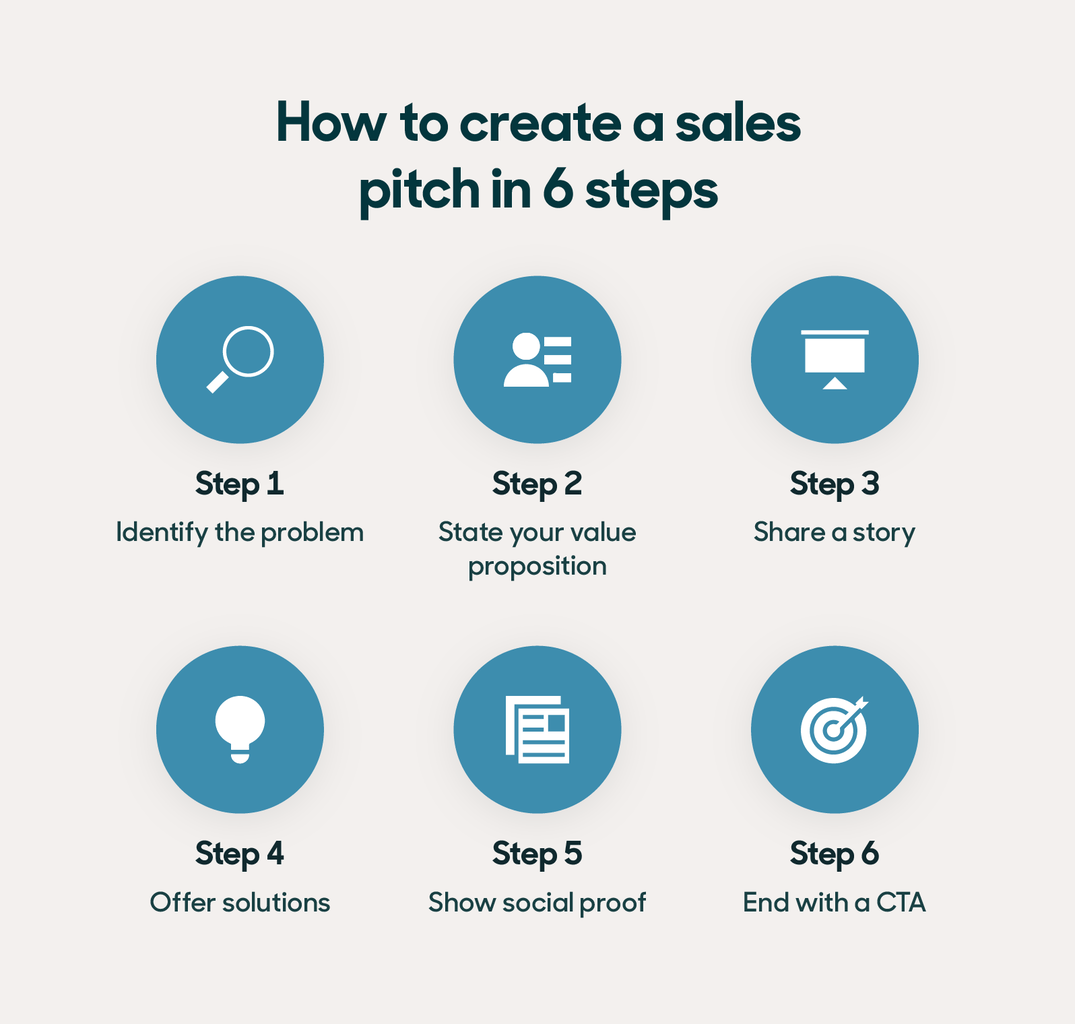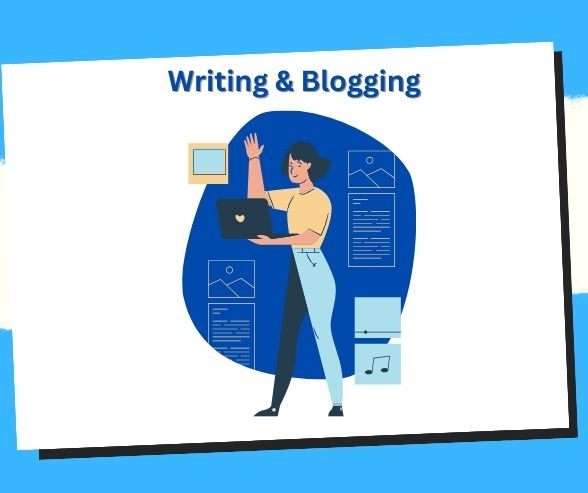Unlocking the Power of Persuasion: How to Craft a Compelling Sales Pitch for Your Product or Service

As an interior design and architectural expert, I’ve seen firsthand how the right approach can transform a simple product or service into a compelling proposition that resonates with customers. To help you achieve this, let’s delve into the art of crafting a persuasive sales pitch that highlights the unique value your offering brings to the table.
Understanding Your Ideal Customer: The Foundation of Effective Communication

Before we dive into features and benefits, we need to understand who your ideal customer is. This is the cornerstone of effective communication. Think of it as building a bridge – you need to know where you’re starting (your product) and where you want to go (your customer’s needs and desires).
Here are some questions to guide you in defining your ideal customer:
- Demographics: What is their age, gender, income level, education, and location?
- Psychographics: What are their values, interests, hobbies, and lifestyle?
- Pain Points: What problems or challenges do they face that your product or service can solve?
- Motivations: What are their aspirations and goals? What are they looking for in a solution?



Example:
Let’s say you’re selling a new line of eco-friendly, sustainable furniture. Your ideal customer might be a young professional living in a city who prioritizes environmental consciousness and enjoys modern design. They are likely to be motivated by the desire to create a stylish and ethical home.

The Power of Features and Benefits: Connecting the Dots
Now that you have a clear picture of your ideal customer, it’s time to connect the dots between your product’s features and their benefits. This is where the magic happens.

Features: These are the tangible characteristics of your product or service. Think of them as the building blocks.

Benefits: These are the intangible outcomes your customer will experience as a result of using your product or service. This is where you translate features into value.
Here’s a simple framework for crafting compelling feature-benefit statements:

Feature + Benefit = Customer Value
Example:
- Feature: Our furniture is made from sustainably sourced wood.
- Benefit: You can feel good about your purchase knowing that it contributes to responsible forestry practices and reduces your environmental impact.
- Customer Value: A stylish and sustainable home that reflects your values.


The Art of Storytelling: Engaging Your Audience

Beyond simply listing features and benefits, you need to weave them into a compelling narrative that resonates with your ideal customer. Think about how you can use stories, anecdotes, and real-life examples to bring your product to life and showcase its value.
Here are some storytelling techniques to consider:
- Problem-Solution: Highlight a common pain point your customer faces and present your product as the solution.
- Transformation: Show how your product can help customers achieve their goals or aspirations.
- Social Proof: Use testimonials, case studies, or reviews to demonstrate the positive impact your product has had on others.

Example:
Instead of simply stating that your furniture is durable, tell a story about a family who purchased your furniture for their active children and how it has held up beautifully over the years.
Key Features and Benefits to Focus On:
Now, let’s tailor this approach to your specific needs. Tell me more about your product or service. What are its key features and benefits? Who is your ideal customer? Once I have a better understanding, I can provide you with specific examples of how to craft compelling feature-benefit statements and stories that will resonate with your target audience.
Remember: The key is to focus on the benefits that matter most to your ideal customer. Don’t just tell them what your product does – show them how it can make their lives better.
Ready to dive deeper? Let’s work together to create a persuasive sales pitch that will help you achieve your business goals!

